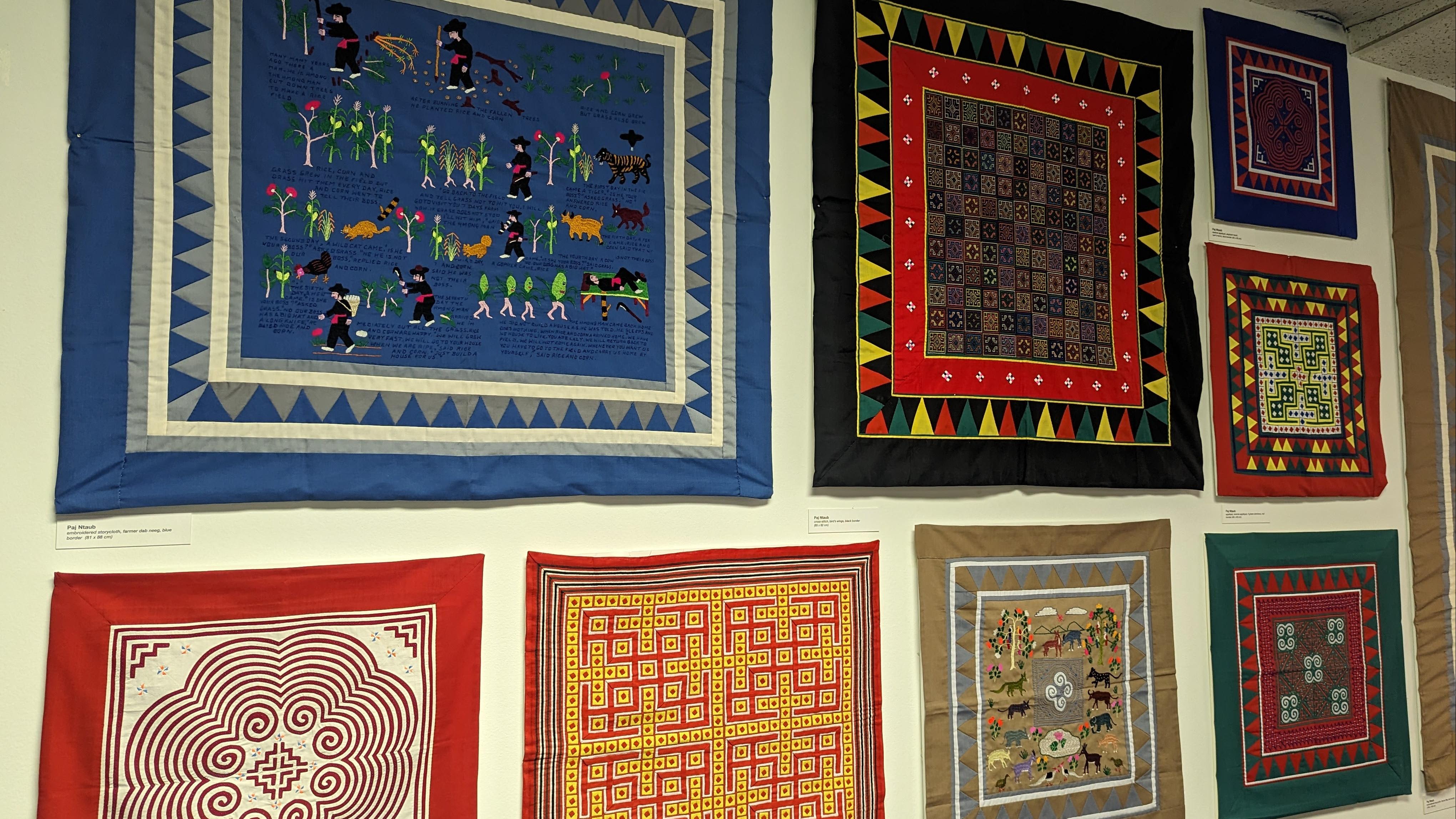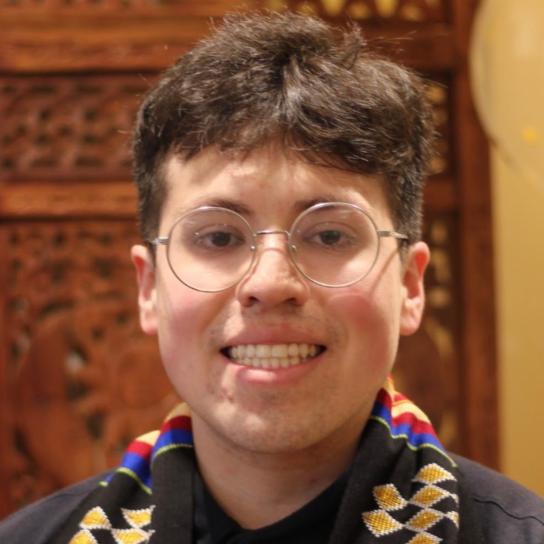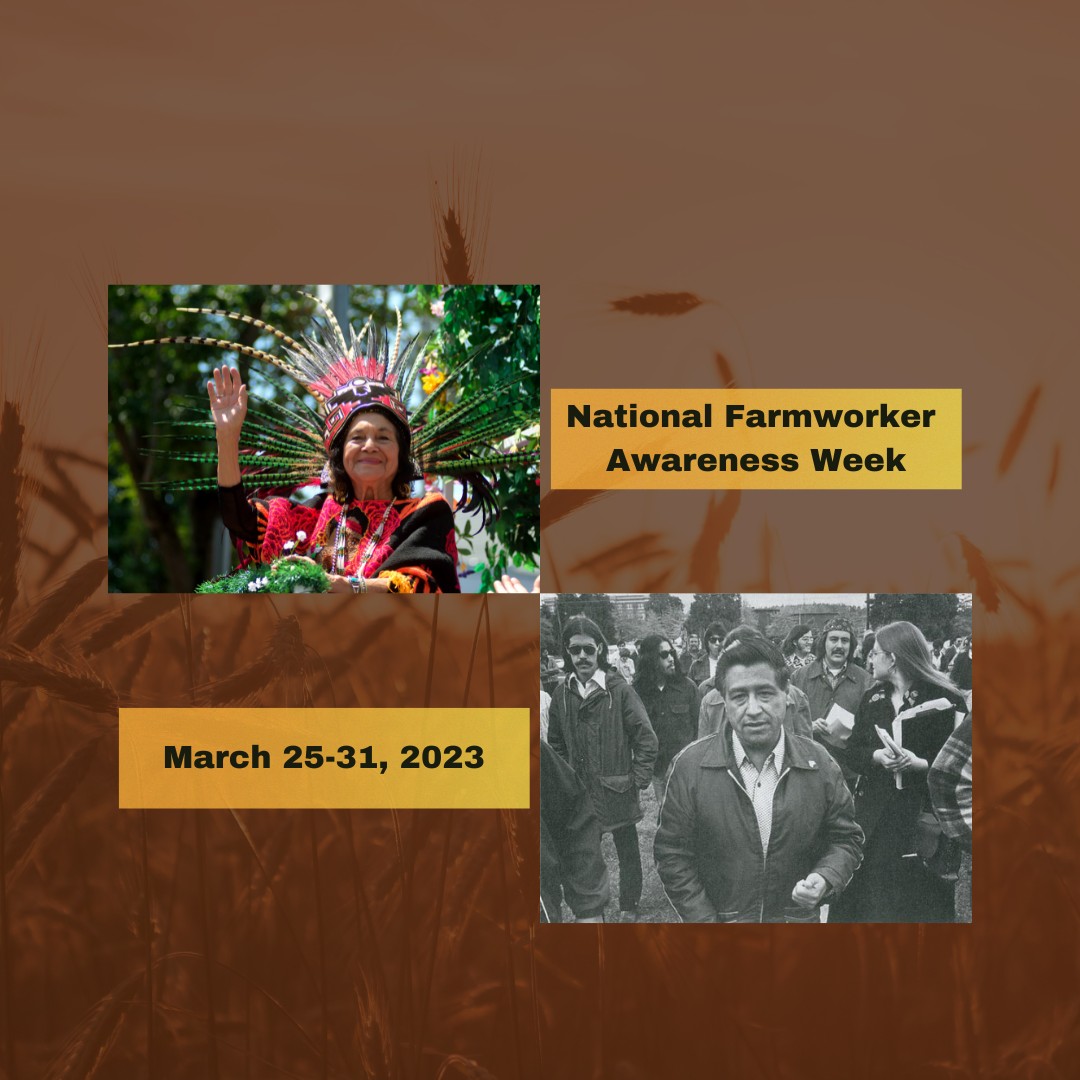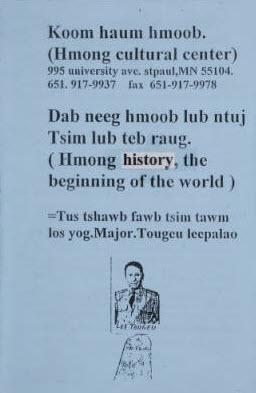Quick Summary
April is Hmong Heritage month! This is a time to recognize, acknowledge, and celebrate Hmong American culture as well as educate ourselves on the history and experiences of Hmong Americans. I visited Saint Paul's Hmong Cultural Center with my colleague, Zach Miller, to learn more.

April is Hmong Heritage Month! This is a time to recognize, acknowledge, and celebrate Hmong American culture as well as educate ourselves on the history and experiences of Hmong Americans. Like many refugee groups, they experienced persecution that led to the establishment of communities in the United States, including deeply rooted communities in Saint Paul’s Frogtown neighborhood and elsewhere in the Twin Cities. In order to learn more about our local Hmong communities and their history, traditions, and experiences, I paid a recent visit, along with my colleague, Zach Miller, to the Hmong Cultural Center Museum and Library in Saint Paul.
Located in Frogtown, the Hmong Cultural Center serves a neighborhood where Hmong culture can be found on almost every block. We met with the Center’s Director of Programs and Development, Mark Pfeifer, to learn more about the community and about the services the organization offers. Pfeifer edits the Hmong Studies Journal and holds masters degrees in Urban Studies as well as Library Science, and a doctorate in Urban Social Geography. He began his tenure with the Center over 20 years ago, as a volunteer. In addition to his work at the center, he is the author of three books and numerous scholarly articles exploring Hmong sociology and history. His long-term commitment to Minnesota’s Hmong communities and to the Hmong Cultural Center makes him an excellent source of information during Hmong Heritage Month!
The Center’s library recently celebrated its 30th anniversary. The library contains one of the most extensive and detailed collections of Hmong scholarship on topics including the arts, cuisine, health and medicine, cultural practice, refugee experience, language, and more. These materials include more than 600 doctoral theses and an extensive newspaper archive that dates to the 1970s. Some items in the collection reach back to the 1790s, the earliest era for which Hmong historical documentation is available. In addition to these collections, Pfeifer also maintains a Hmong Studies Virtual Library which provides access to additional resources online. The center also maintains a smaller scholarly collection related to Minnesota’s growing Karen community.
In addition to its library collections, the Center provides many services to the Hmong community. These include the Center’s recently expanded museum. The museum provides multicultural education and preserves history, experiences, and culture. The museum’s collection includes video installations, clothing, tools, textiles, musical instruments, and more. Informational panels provide overviews of a wide range of historical and cultural topics and add imagery that helps visitors visualize the culture and better understand Hmong experience over time.
In addition to the library and museum, the Center offers classes on Hmong traditional practices and cultural arts such as marriage and funeral ceremonies as well as how to play the Qeej instrument. The Center also offers citizenship classes for Hmong and Karen community members in addition to English as a Second Language (ESL) courses that are open to anyone, and are very popular.
The Hmong Cultural Center preserves and promotes Hmong heritage and provides services to address the needs of its community. Please consider paying the Center a visit now, during Hmong Heritage Month, or at any other time of year. You’ll find an organization that is essential to its community, one that reflects and amplifies that community’s proud culture and history.




